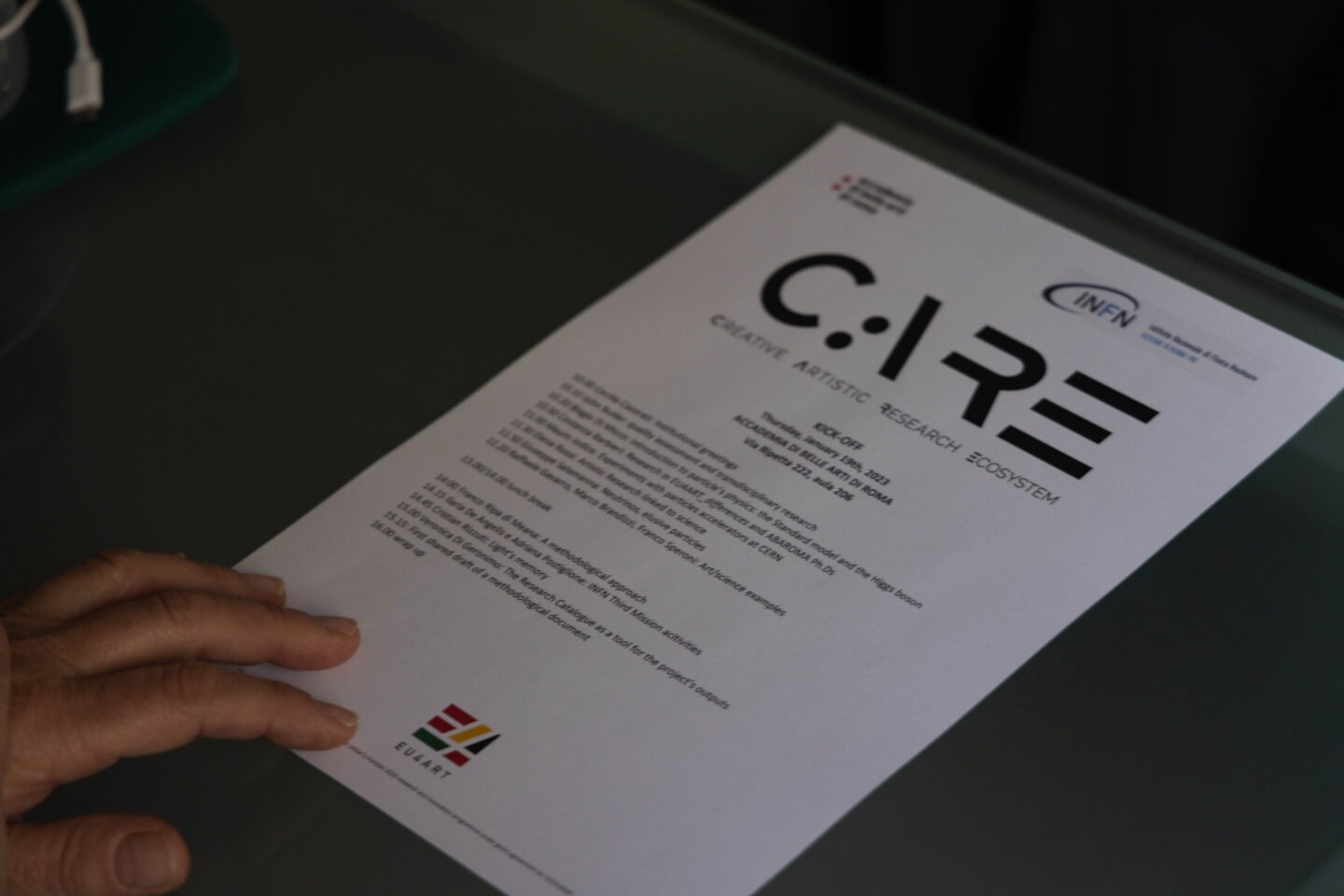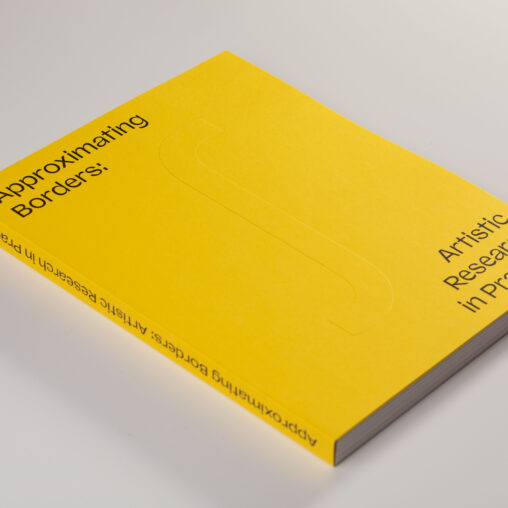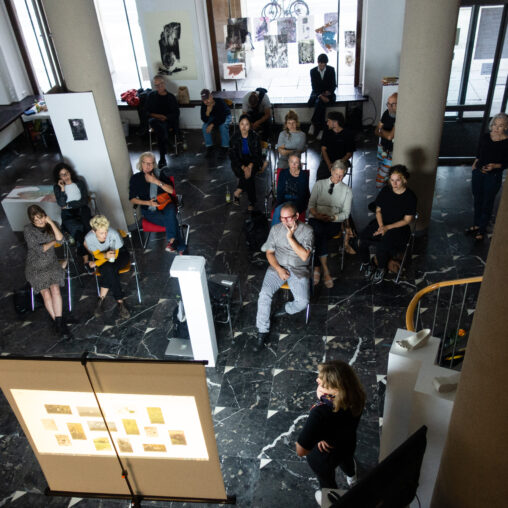On Thursday January 19th, 2023, the Fine Arts Academy of Rome officially launched CARE (Creative Artistic Research Ecosystem), the laboratory of artistic research in partnership with the National Institute for Nuclear Physics (INFN) from Roma Tre University.
In the context of EU4ART_differences‘ art labs development, ABARoma made a framework agreement with the National Institute for Nuclear Physics of Roma Tre University to open a transdisciplinary dialogue in the perspective of creating common research to evolve in between artistic practice and scientific investigation. Within the frame of the historical building of the Fine Arts Academy of Rome, Professor Costanza Barbieri from WP2, along with the collaboration of the work packages 3,4,5, hosted the lab partners for mutual acquaintance, structuring the day in a trans-disciplinary meeting, where guest professors from the academy, PhD students and junior scientists could exchange perspectives and ideas with INFN representatives, in double scenarios, now on physics, now on art, thus preparing the ground for a dialogue that followed throughout the afternoon.
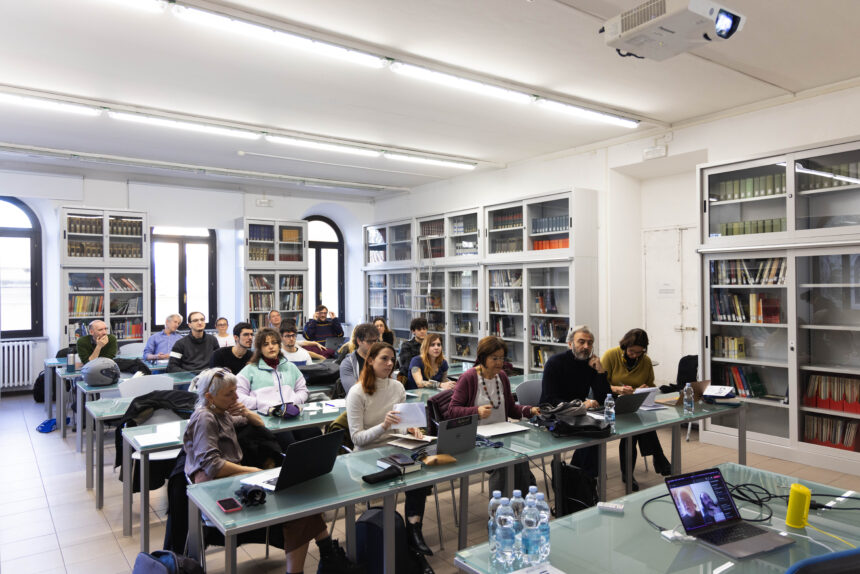
The dense agenda opened with John Butler from EQ-ARTs, the main European evaluation agency in the arts, which is involved to support and guide CARE Project toward a quality assurance process. Keynote speeches from INFN Professors and Rome Academy alternated during the morning for mediating the two study fields and presenting their respective research activities.
Colleagues from the National Institute for Nuclear Physics introduced some crucial aspects of particle’s physics, giving evidence of some unknown aspects to which scientists address their academic interests. The Higgs boson, neutrinos and some experiments on particles acceleration carried out at CERN have been shown by Biagio Di Micco, Giuseppe Salamanna, and Mauro Iodice.
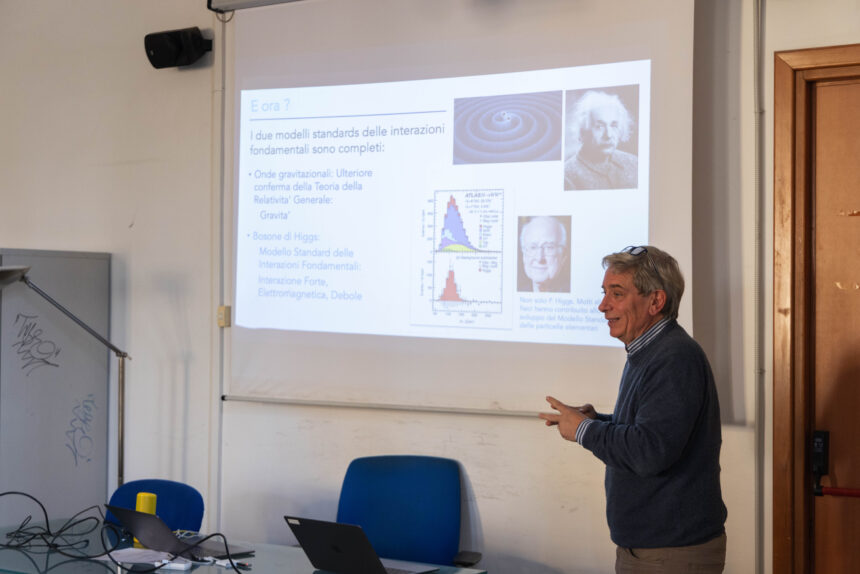
From ABAROMA side, Costanza Barbieri briefly presented EU4ART_differences main goals and research initiatives; while Elena Giulia Rossi delivered a talk to explore a selection of art projects created by international artist at the crossroad of art and science.
The Italian multimedia artist Cristian Rizzuti introduced his methodological approach to data visualization, fueling discussion on possible ways of interaction between the artistic and scientific fields that could go beyond mere ‘illustration’ or ‘representation’, an ambitious goal that the workshop aims to achieve and that will require a real joint experimentation.
A roundtable session marked the opening discussion in the afternoon. It was committed to debate on the nature of research, both in art and in physics, comparing procedures and purposes, and to discuss future steps to define themes, methodologies, and the working team.
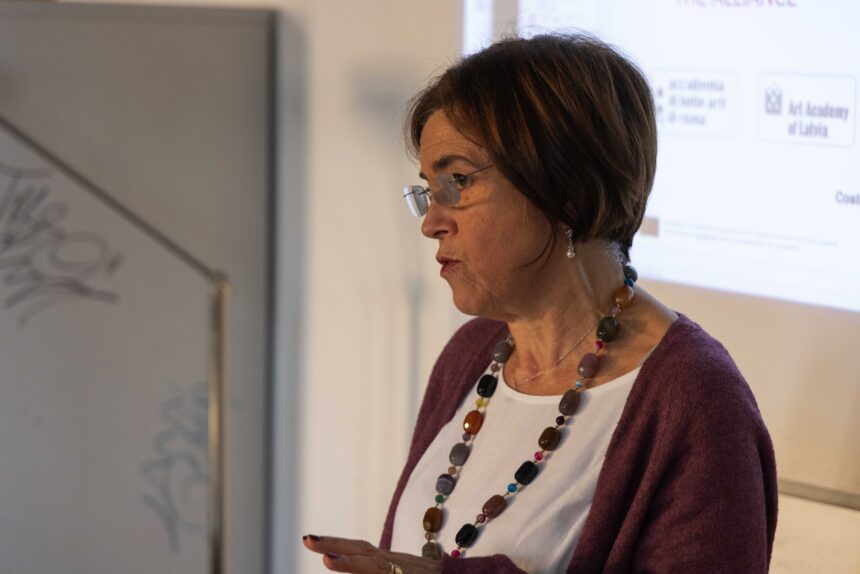
The CARE Lab intends to build a research environment constituted by students and professors from both the institutions working on a common project that will be based upon cross – contamination, between the two disciplines of art and nuclear physics, enriching each other’s perspective of their mutual approaches and methodologies.
The research that will be produced by CARE Lab is meant to be presented on the Research Night 2023 in Rome and disseminated by the Research Catalogue. Indeed, The EU4ART_differences Portal on this artistic research platform will be adopted as a tool for promoting the CARE Lab outcomes in a peer review process.
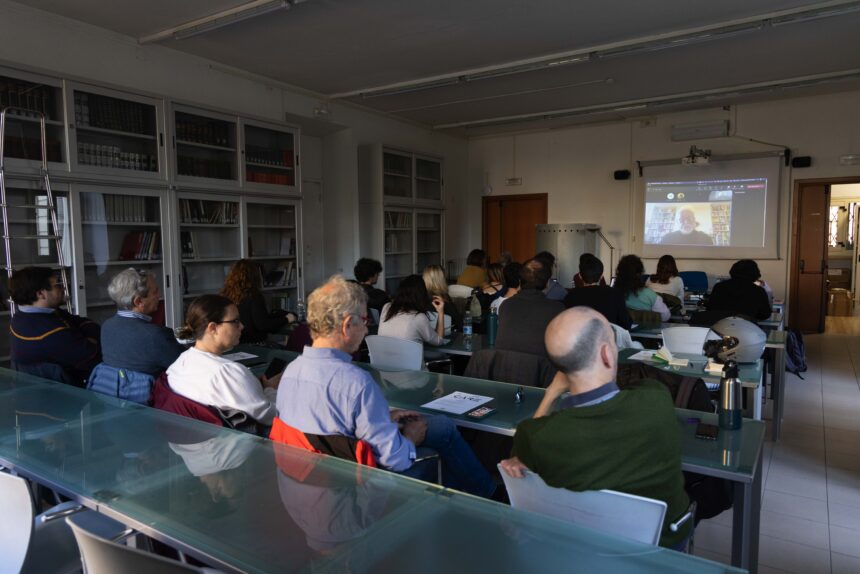
images: (cover 1) CARE Lab Meeting Program, The Fine Arts Academy of Rome, ph: Monkeys Video Lab; (2) CARE Lab Meeting, The Fine Arts Academy of Rome, ph: Monkeys Video Lab; (3) Professor Mauro Iodice presenting at CARE Lab, The Fine Arts Academy of Rome, ph: Monkeys Video Lab; (4) Professor Costanza Barbieri presenting at CARE Lab, The Fine Arts Academy of Rome, ph: Monkeys Video Lab; (5) CARE Lab Meeting, The Fine Arts Academy of Rome, ph: Monkeys Video Lab.
